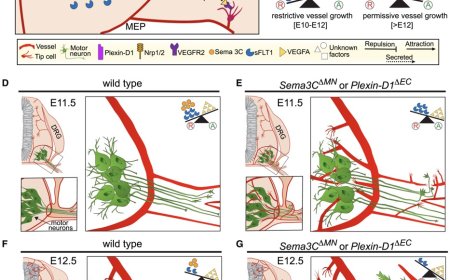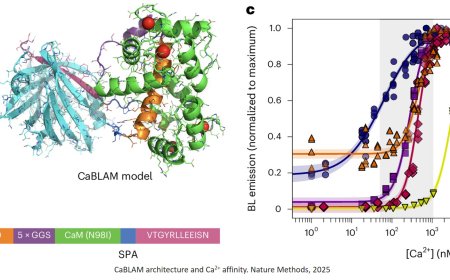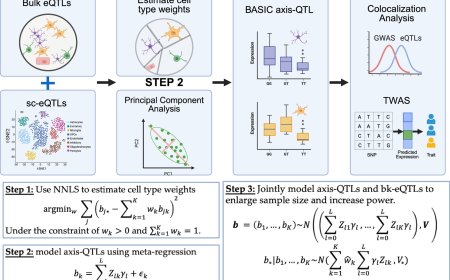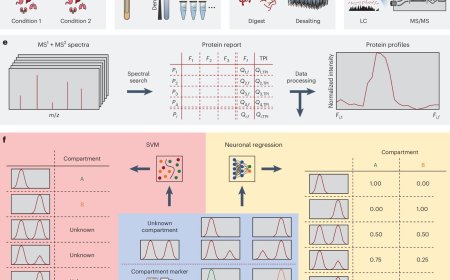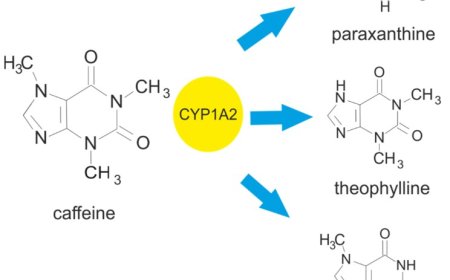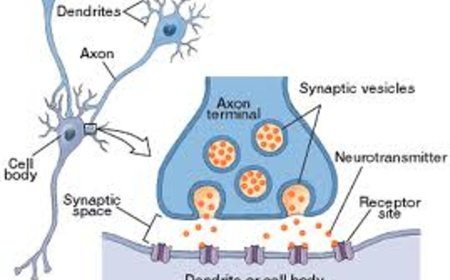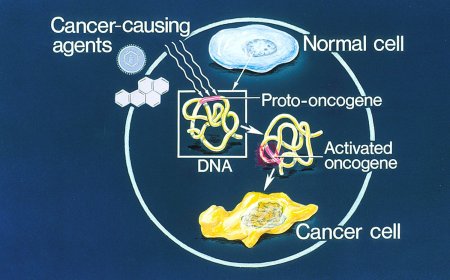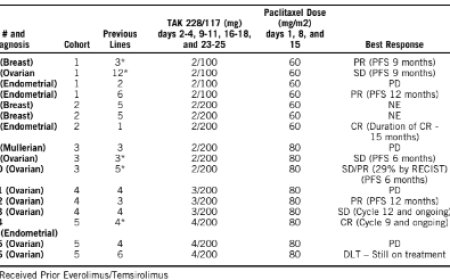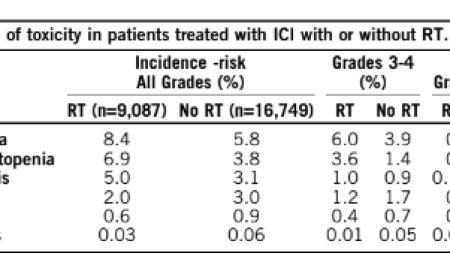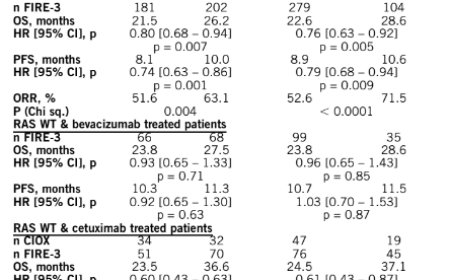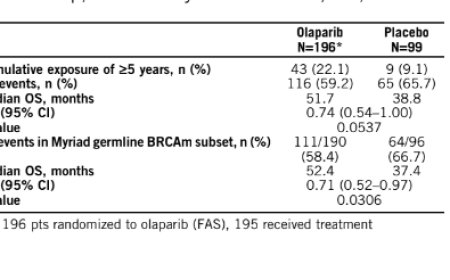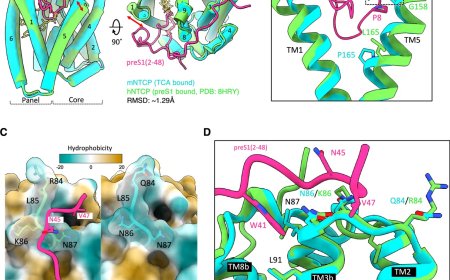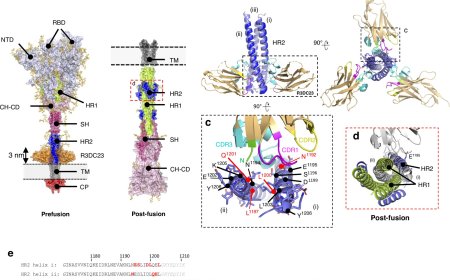A symbiotic gut fungus wards off liver disease in mice

Researchers have found a new ally in the fight against a serious liver disease: a symbiotic gut-dwelling fungus that produces a molecule shown to be capable of reversing disease progression in mice. The findings may inform future therapeutic approaches to treat metabolic dysfunction-associated steatohepatitis (MASH), a highly prevalent disease.
Metabolic dysfunction–associated fatty liver disease (MAFLD) now affects roughly one in four adults worldwide, making it the most prevalent chronic liver condition and a pressing global health issue. The more severe form, known as MASH, can lead to cirrhosis and liver cancer. Yet this disease currently has only one approved treatment, highlighting an urgent need for new therapies.
Emerging evidence points to the gut-liver axis – especially interactions with the gut microbiota – as a driver of MASH progression, but the role of gut fungi remains poorly understood.
What’s more, because there are no standardized methods for cultivating the diverse fungi found in the gut, conventional laboratory techniques have failed to identify fungal species capable of adapting to and growing within the intestinal environment.
To overcome this limitation, the researchers developed fungal isolation chips (FiChips) – a culture technique that mimics the natural fecal environment in situ – enabling the successful growth and isolation of fungal species that cannot be cultivated using conventional methods.
Using this method, the authors identified 161 fungal species from human fecal samples across China. Among these, Fusarium species – particularly Fusarium foetens – demonstrated the ability to survive in oxygen-free environments and colonize the gut. It also appeared widely in global human microbiome datasets.
In a mouse model, the authors discovered F. foetens could safely reverse MASH disease progression. Mice on a high-fat, choline-deficient diet treated with F. foetens showed notable improvements in liver health, including reduced liver weight, lower liver enzyme levels, and less pronounced hepatic steatosis, inflammation, and fibrosis.
Exploring the underlying mechanisms of this effect, the researchers discovered that a secreted fungal metabolite – FF-C1, which is produced by various fungi – inhibited an intestinal enzyme linked to metabolic disorders known as CerS6, a key enzyme in the ceramide biosynthetic pathway. It effectively reversed the progression of MASH in mice.
The role of CerS6 in F. foetens–mediated amelioration of MASH in mice was validated by intestinal-specific Cers6 deletion and overexpression.
The results from this study should inspire further investigation of the human fungal microbiome to unlock the potential of these microscopic medicinal chemists.
